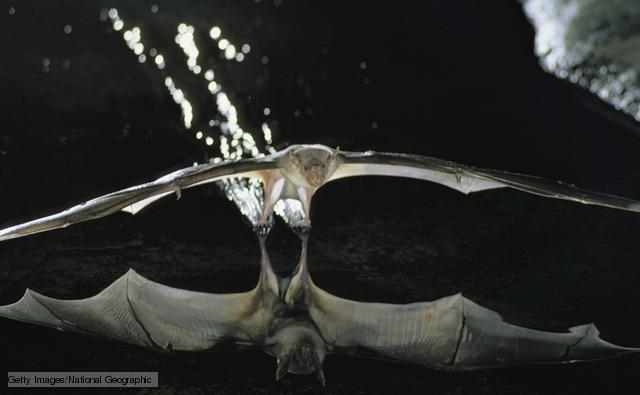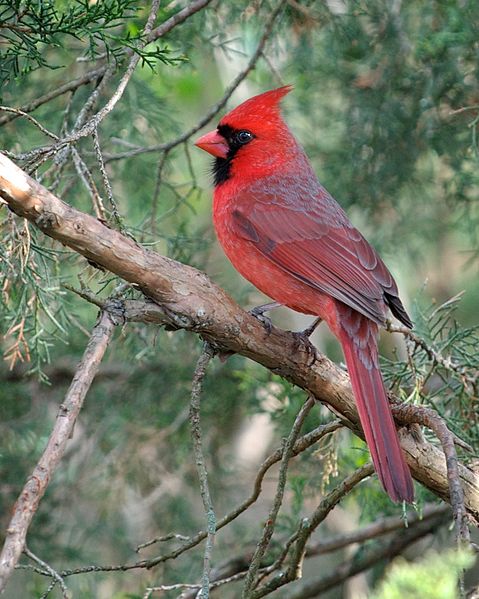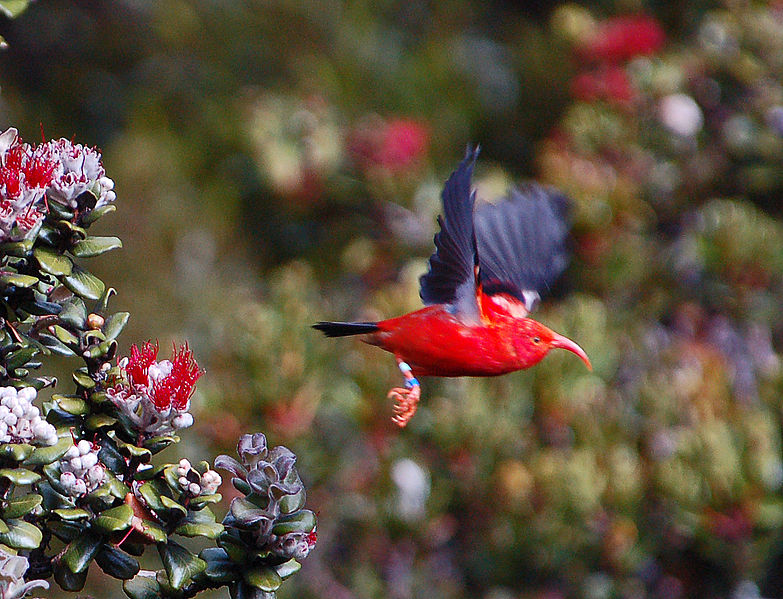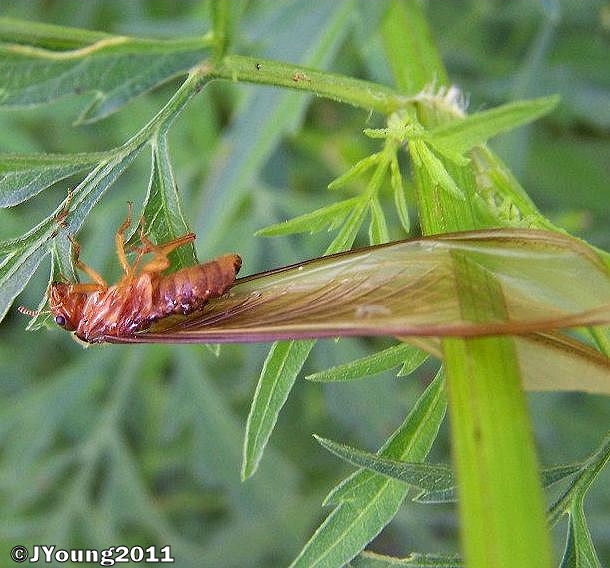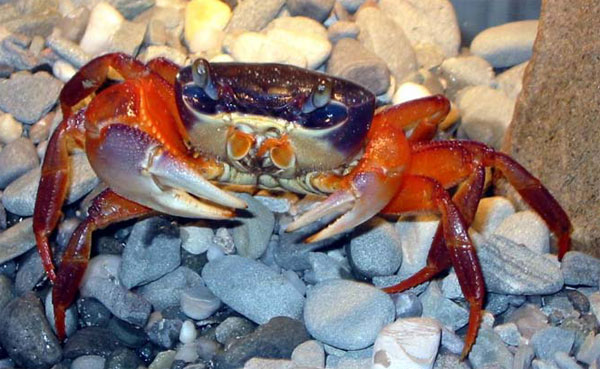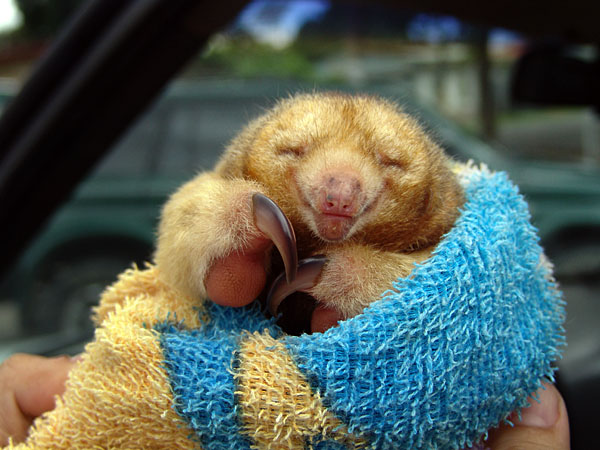
The last couple of Wild Facts haven’t contained too many cute animals, unless you like wet rats such as the Pyrenean Desman, but today’s fact will be all about adorable creatures. Okay, only one adorable creature but the Silky Anteater is pretty good at looking cute. This smallest member of the anteater family can be found in parts of Central and South America; however, you will have to have a keen eye if you want to spot them. Not only are these creatures small but they are also nocturnal and rare, which makes sighting them that much more pleasurable. Let’s go and see if we can find one…
Cutest Animal in the Rainforest?
As mentioned, this adorable anteater is the smallest member of their family with a length between 3.6 and 4.5 centimetres (14 – 18″) and typically weighs less than 400 grams (14 oz). Basically, you can find bigger cans of spaghetti sauce in your local supermarket. There is no question that the small stature of this animal adds to their cuteness factor but their soft golden brown fur and short snout definitely gives them a cuddly look. The Silky Anteater also has a partially prehensile tail which is perfect for a life in the trees. Oh, did I not mention that unlike typical anteaters this particular species lives in the canopy of the rainforest? It is the little things like this that make the Silky Anteater so unique.
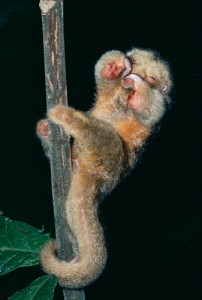
Lazy as the Sloth?
For some reason this animal reminds me of one of my favourite animals on the planet, the Three-Toed Sloth. Don’t you find they have a similar look to them? The Silky Anteater is even known for even being a slow moving animal, although not nearly as slow as the Sloth. Let’s face it, there are not too many animals that are Sloth Lazy!. Luckily for the Anteater, their source of food comes from insects that live in large colonies so they really don’t need to be swift as their is hardly any chasing going on. Surprisingly, this small creature can typically consume up to 5000 ants in a single day!
Silky Cover
Even when a predator is attacking our Anteater friend, they choose not to run. Instead they will stand and on their two back legs and hold their forelegs close to their face so they can “punch” any attacker that gets too close. Although this defence tactic can be somewhat successful the first defence strategy of the Silky Anteater is not to be seen. In fact, it is speculated that their golden colour fur helps them blend in with the silk pod fibres found on Silk Cotton Trees. I guess you had better blend in when you are only 14″ long. Otherwise, you are just providing the Eagles with a nice, easy snack!


